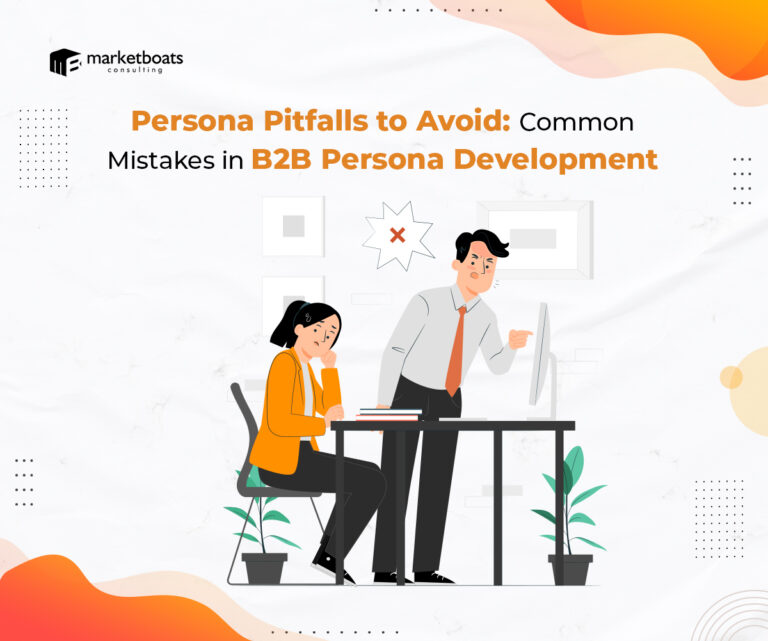Suppose you have a stellar blog piece explaining everything about your brand, its objectives, your products and services, etc. But it rots somewhere among the ‘3000…’ results in Google with practically zero engagement.
With eyeballs not approving and applauding every move you make, what good is your ingenious writing or your intricate marketing strategies?
Here lies the importance of content syndication. By republishing your content on third-party platforms that encounter greater engagement than your site, you overcome visibility challenges and boost revenue possibilities.
But content syndication has often been confused with its well-known nemesis: duplicate content.
Differentiating syndication and duplication, though, is crucial because content syndication happens to be one of the best solutions to your visibility woes. In content duplication, you simply ‘borrow’ content from other sources and claim it as your own. This proves to be completely counteractive to what content syndication aims to achieve.
So, what exactly is content syndication vs. duplicate content?
Let’s clear it out!
What is Content Syndication?
Content syndication is republishing your content on various third-party platforms, such as social media, news portals, etc., to increase your content’s visibility, build brand awareness, and attract new audience. It’s like a revamped version of the reduce, reuse, recycle motto, sans the reduce, come to life in today’s digital marketing landscape.
You reach out to a third-party website that experiences a comparable or higher volume of traffic than yours, optimize your content for that site, ask them to showcase it with proper attribution, and wait to be swamped with traffic.
It’s a win-win situation where you gain website traction and, consequently, a surefire opportunity to maximize revenue without burning a hole in your pocket, and your content’s recipient gains free content without burning the midnight oil.
Misconceptions About Duplicate Content
When it comes to content, differentiating syndication and duplication sometimes becomes tough. You are presenting duplicate content when you copy-paste content word for word from another URL. Now, there are some rumored duplicate content penalties that have serious detrimental effects on your brand. Let’s examine the accuracy of some of these rumors!
- All duplicate content tanks the SEO rankings of your page.
This is not entirely true. Only duplicates that are posted with malicious intent result in a dip in your SEO rankings. Search engines like Google do provide leeways in case of content such as product descriptions, etc.
- Duplicating content results in exclusion from search queries.
Again, this isn’t accurate. Search engines consider several factors when indexing your page. Only duplicating content does not result in exclusion from search engine queries.
- Content scrapers hurt your online presence.
Yes, there are bots or bloggers scraping content from your page, but their SEO rankings would never trump yours. You can easily go about managing duplicate content issues as long as you keep providing content that is unique, informative, and provides value to your clients.
Content Syndication vs. Duplicate Content – In a Nutshell
| Syndicate Content | Duplicate Content | |
| Definition | Republishing content on third-party platforms with proper attribution. | Poaching content and claiming it as your own. |
| Purpose | Expose the brand to a wider audience. | Trying to amplify SEO rankings with underhanded shortcuts. |
| SEO Implications | Enhances SEO rankings if the content is syndicated strategically, with industry-specific platforms that have a wider consumer base compared to yours. | This can result in low SEO rankings as search engines are confused between the original creator and the scraper. |
| Risk of Duplicacy | This may lead to concerns about duplicate content | Potential for duplicate versions of content across various websites |
| Management | Requires careful management to avoid duplicate content issues | Monitoring and addressing duplicate content through canonical tags or various redirects |
Legal and Ethical Considerations
You must properly attribute your syndicated content to avoid plagiarism charges and copyright violations. Remember, plagiarising content or not respecting the copyright of any content makes you liable to legal action.
The following are how you can syndicate content safely:
Add a meta Noindex Tag
When search engines assign an index to your site, it means they are cataloging what you have published so that it appears in relevant search queries. Hence, you should make sure the republishing site does not have an index by including a meta noindex tag. This way, the index is assigned only to the original site, boosting its SEO rankings.
This ensures that only your original website gets noticed by the search engine, which is better for your website’s visibility. If the other site doesn’t use the ‘noindex,’ they could get in trouble for using your content without permission. Worse still, they could take all the internet visitors that should have gone to you.
Include a Rel=Canonical Tag
Let’s put it this way: canonical tags and duplicate content cannot co-exist. When you add a “rel=canonical” tag to the republishing site, it informs search engines that this blog is a duplicate of the original one. So, no index is assigned to it, and the original site can lap up all the additional traffic that is generated from third-party exposure.
Hyperlink the source
If you cannot add any tags but you still want to field duplicate content charges, you can hyperlink the original article in the repurposed blog piece. The original blog page usually has a canonical link attached to it, and if so, it is already conveying to the search engine that it is the primary version of the repurposed blog. This prevents any confusion regarding indexing, thus ensuring your original site is always ranked higher in search queries, consequently boosting traffic significantly.
Best Content Syndication Strategies for SEO
The following are some of the best (and proven) content syndication strategies for SEO:
Choosing the Right Platforms for Syndication
In your content syndication journey, you need to start by selecting an industry-specific syndicating platform that has higher authority than your site, preferably has established itself as an industry expert, and where your target audience flocks.
This way, you get access to what you set out to achieve: referral traffic. With your brand and its services exposed to a wider consumer base, you can expect a greater number of conversions with very minimal investment.
Establishing Syndication Partnerships
You must build partnerships with credible syndicating networks that are willing to publish your industry-specific content. This guarantees your offerings will reach the right audience. So, when researching, use inurl:[domain] after your initial search term.
You will see your search results flooded with syndicating channels that willingly publish your sector-specific content. Manually scouring for evidence of republished content is also another way to alienate preferred syndicating networks.
Once partnerships have been established, you need to optimally schedule the publication of your syndicated content to obtain maximum reach.
Measuring the Impact of Syndicated Content
Your content syndication efforts must be tested for effectiveness, and low-performing strategies must be improved or eliminated. Some common metrics to measure the impact of your syndicated content include tracking engagement metrics like click rates, impressions, downloads, etc., conversion metrics like registration rates, sales frequency, etc., and ROI metrics like costs for new customer acquisition.
Avoiding the Duplicate Content Trap
Some widespread content syndication misconceptions might foster reluctance when syndicating content. One of the most common ones is conflating syndicated content with duplicate content: a third-party website steals your content, your hopes of an established digital footprint, and any possibility of revenue.
With canonical tags, noindex tags, and proper backlinking, you can allay those fears, as search engines would only credit the source, thus paving the way for higher SEO rankings.
But if even that won’t suffice, you can restructure your content strategically to dispel duplicate content charges and, in the process, add value to your content.
Let’s look at some ways in which you can effectively refurbish your original content piece:
- Incorporate only the key elements of your original content when you’re trying to repurpose it. This ensures the syndicated article isn’t blatantly copied and consequently flagged as duplicate content.
- The syndicated content piece can also simply include the article’s topic with a small description and a link back to the original site.
- You could write a new article that provides an opposing perspective to the original and attach a link back to the original article for further clarity on the topic.
Conclusion
You probably know it’s important to give credit when you share someone else’s content. If you don’t mark your content correctly, you might end up in a lot of legal discussions. Always use tags that clearly show which content is shared and which is original.
Craft content that is compelling, informative, and provides value to your customers. When you syndicate it, choose the right platform, a credible platform that republishes your content with proper credits.
If you still think safely syndicating content is proving to be a hard nut to crack, allow Marketboats to help!
Our Content Syndication & Multichannel Marketing services help you syndicate content across multiple platforms without violating any attribution norms. Additionally, our cutting-edge cloud-based platform, CALS, provides you with high-quality leads that have been cleansed, standardized, and enriched.
So what are you waiting for? Contact us now!





